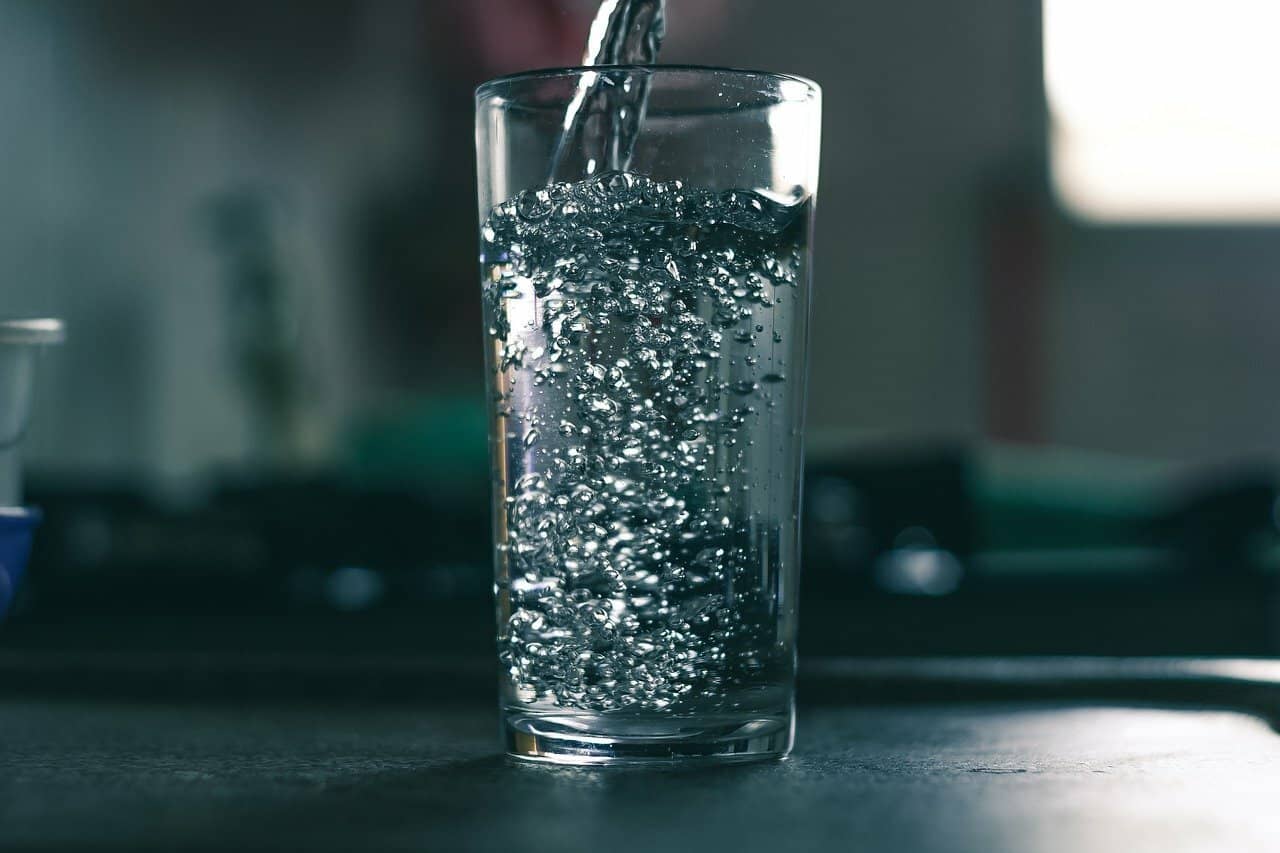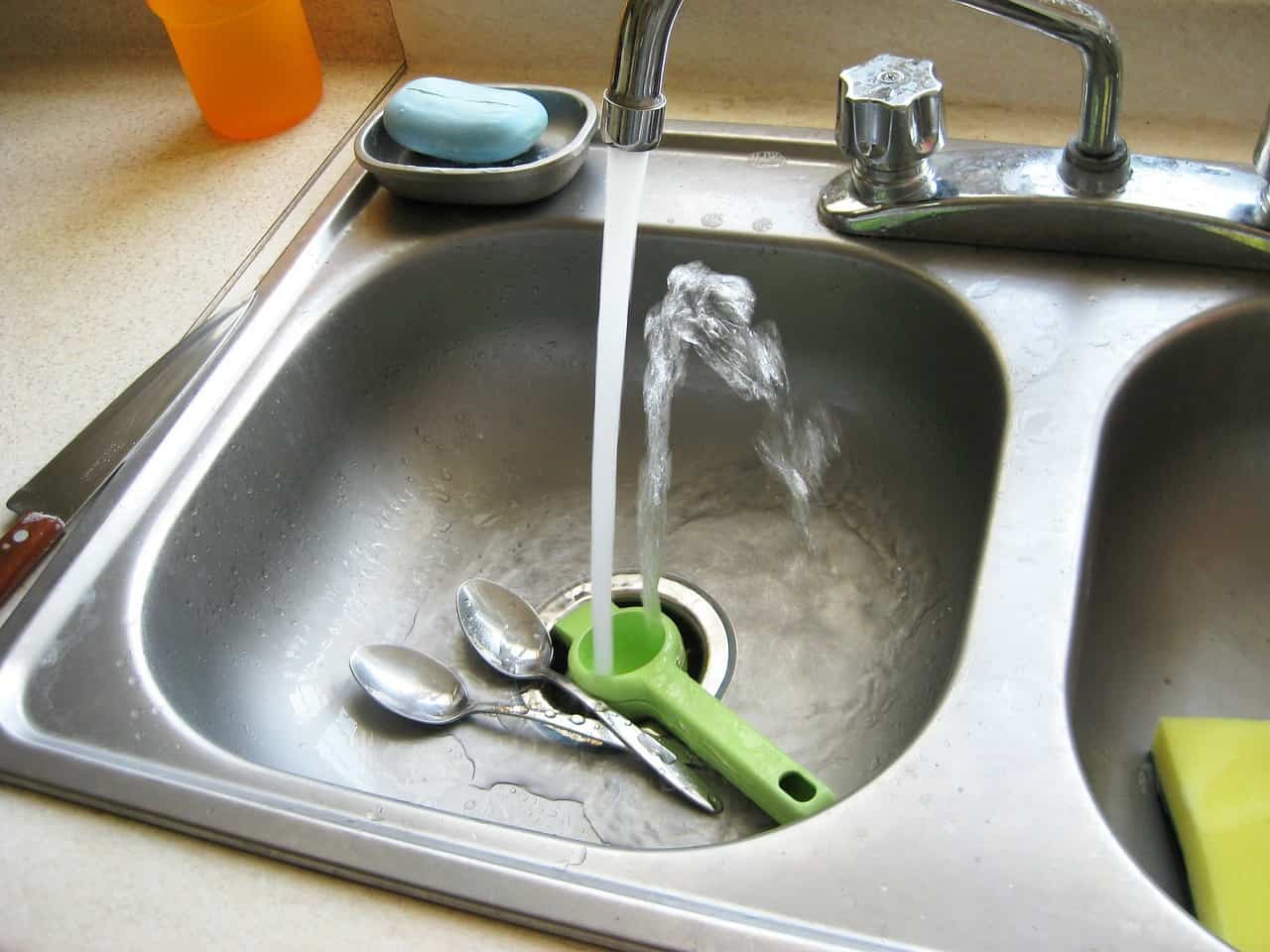When you want cleaner drinking water in your home, a reverse osmosis (RO) system can provide it. What is a reverse osmosis system? This type of system is able to remove the majority of contaminants in your drinking water, which results in cleaner water for you and your family. Find out more about how these systems work and which kinds of contaminants they are able to remove.
How a Reverse Osmosis System Works
How does a reverse osmosis system make your water cleaner? These systems remove contaminants by filtering them out using the following components:
- Semi-permeable membrane: This thin membrane has pores that allow water molecules through while stopping contaminants from passing through.
- Sediment filter: This filter removes dirt and other debris from unfiltered water.
- Carbon filter: This filter removes other types of contaminants, such as arsenic, from unfiltered water.
- Other pre-filters or post-filters: Pre-filters remove contaminants before water passes through the membrane. Post-filters remove leftover particles, odors, and tastes from water after it passes through the membrane.
How Does Reverse Osmosis Clean Water?
What steps does this system go through in order to clean water? Reverse osmosis systems are designed to clean water by doing the following:
- Unfiltered water passes through pre-filters on the concentrated side of the membrane. This side contains more contaminants.
- Pre-filters remove chlorine, dirt and debris, fluoride, arsenic, and other contaminants.
- The semi-permeable membrane stops these contaminants while allowing water to flow through to the other side.
- Filtered water that has passed through the membrane goes through post-filters before reaching faucets. These post-filters help remove unpleasant odors and tastes from filtered water before it’s used. In some cases, water goes to storage tanks for later use. This allows homeowners to have larger amounts of clean, filtered water on hand at all times.
You can have a reverse osmosis system installed at a point-of-use location, such as under your kitchen sink. This provides you with clean drinking water right out of the tap. You’ll also have cleaner water for your ice maker.
What is a whole house reverse osmosis system? You can have this kind of system installed to provide your household with water for multiple uses, such as for drinking, cooking, bathing, and doing laundry. These systems connect right to your main water line rather than being installed in a specific spot for one sink or appliance.

What a Reverse Osmosis System Removes
Reverse osmosis systems are able to remove up to 99.8% of contaminants that are typically found in water supplies. Some of these contaminants include the following:
- Arsenic
- Copper
- Ammonia
- Bacteria
- Mercury
- Lead
- Fluoride
- Aluminum
- Trihalomethanes
- Dirt and debris
- Chlorine
Eliminating these contaminants provides your home with cleaner water that tastes better and is healthier for you and your family. This filtered water can also provide you with softer bath or shower water for healthier skin and hair. Keep in mind that your pets and plants will benefit from this filtered water, since it’s healthier for them as well.
Maintenance for a Reverse Osmosis System
In order to keep your reverse osmosis system running smoothly, it’s important to maintain it. This includes changing the filters in your system, so that they’re able to keep removing contaminants.
Sediment and carbon filters should be replaced on a regular basis, such as every year or more often if recommended. If you don’t change these filters, the membrane in your RO system can become clogged, which lowers your water quality instead of improving it. The semi-permeable membrane should be replaced every couple of years or every few years to ensure that it’s able to work properly. The post-filter in your system should also be replaced on a regular basis to make sure it continues providing cleaner, high-quality water.
In addition to changing filters and replacing the membrane, your RO system should also be cleaned and sanitized. This helps keep it functioning properly, so you’ll have a reliable source of clean water in your home. You can have cleaning and sanitizing done professionally if you’re unsure about handling these tasks on your own. Ideally, these systems should be cleaned and sanitized while having filters replaced.

Ready For Cleaner, Safer Water?
ONIT Home provide high-quality reverse osmosis systems for entire houses, so you can count on having clean drinking water. We’ll start things off with a free water test. This will help us identify what’s lurking in your home’s water. From there, we’ll share the test’s results with you and develop an action plan for getting clean water inside your home. Schedule your free water test today! Or learn more about our water tests here.



